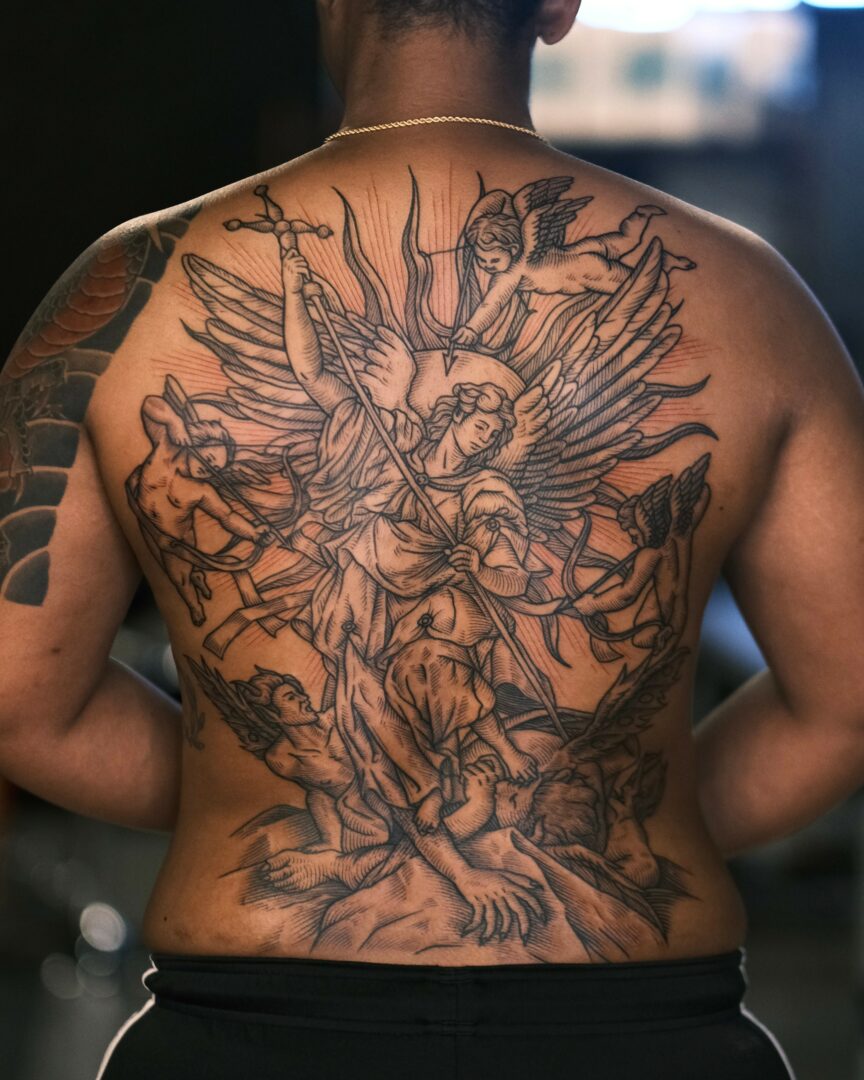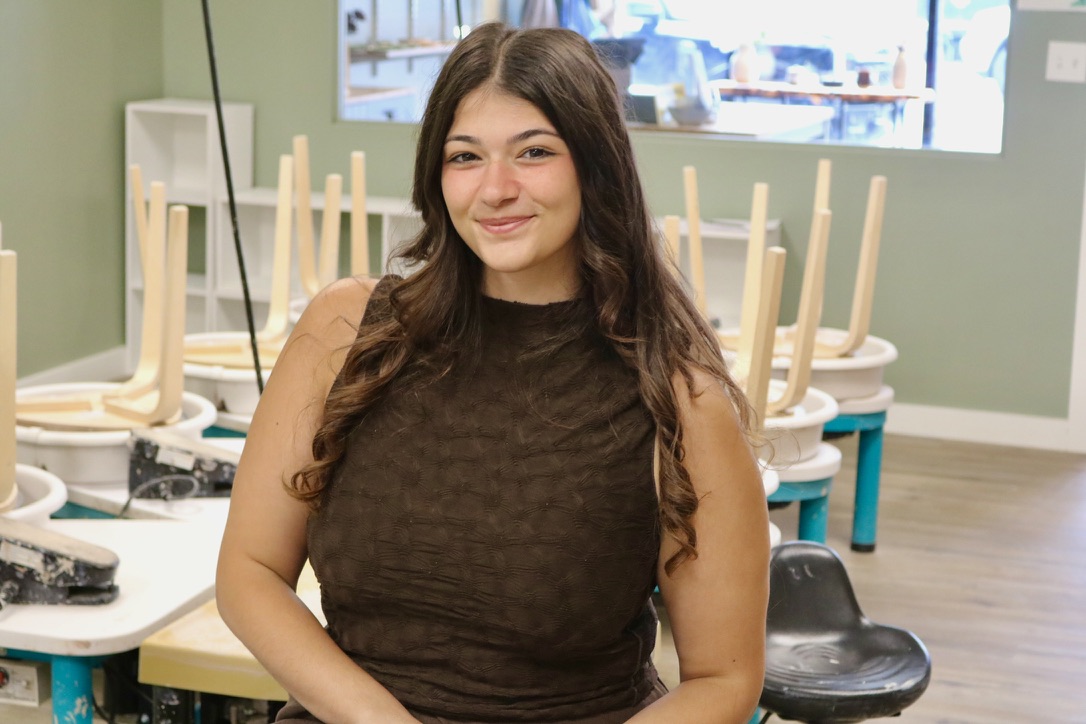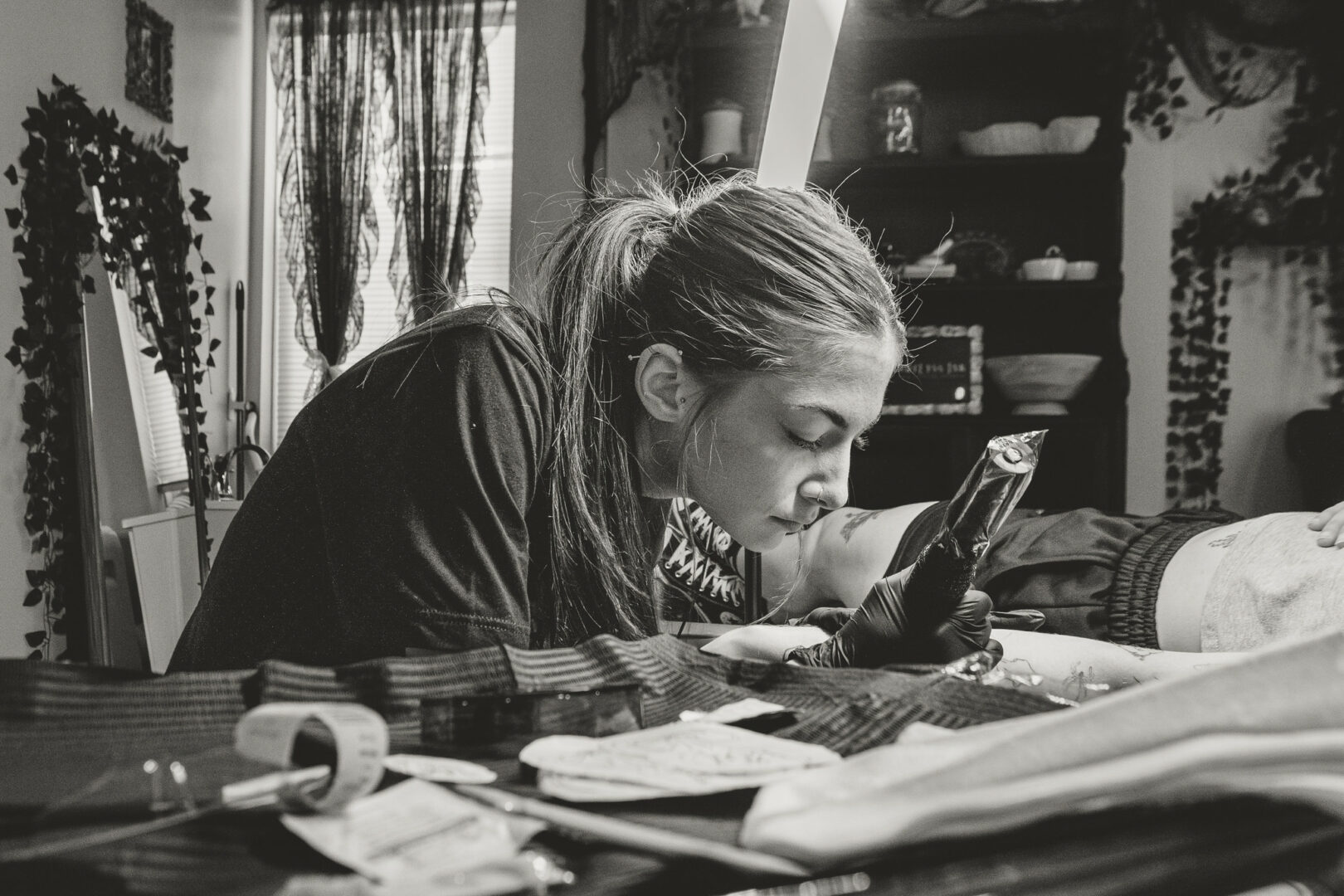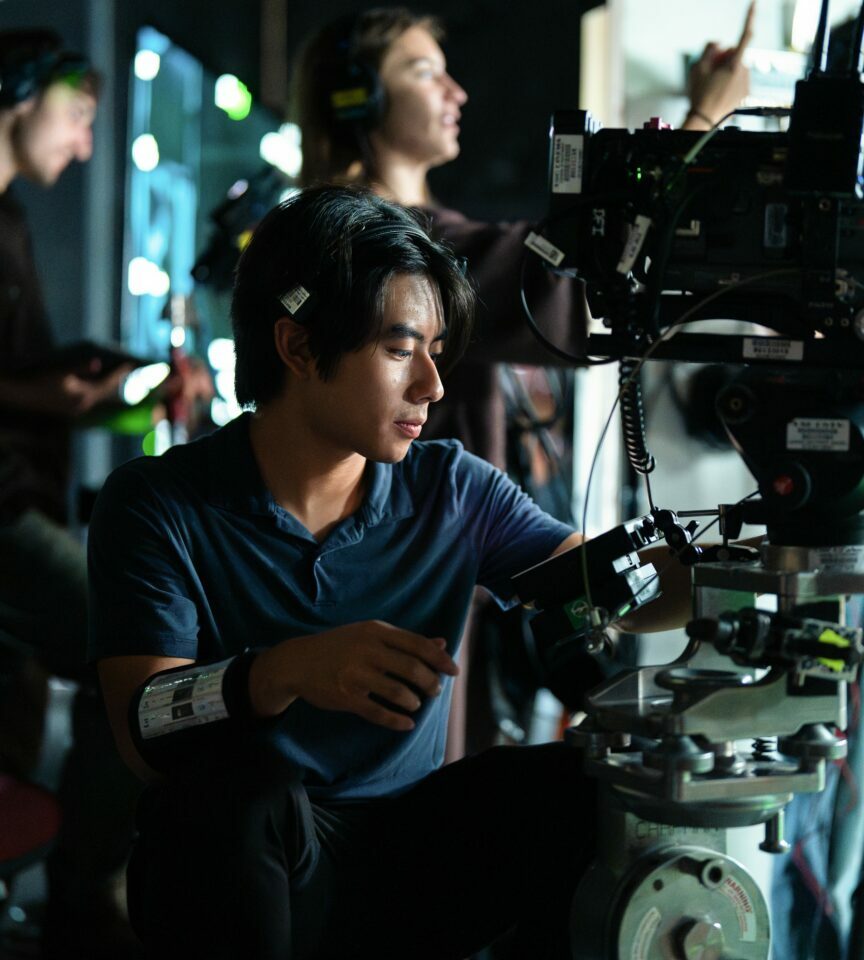We were lucky to catch up with Nanakidme recently and have shared our conversation below.
Nanakidme, so good to have you with us today. We’ve always been impressed with folks who have a very clear sense of purpose and so maybe we can jump right in and talk about how you found your purpose?
Since I spent a lot of time alone as a child, I naturally found myself drawing to pass the time. When I drew, I became so absorbed in the process that I lost track of time. It was during these moments that I truly fell in love with drawing, and I developed a dream of pursuing it as a lifelong career.
However, I realized that achieving success as a traditional artist was a very difficult path. Even though I didn’t want to give up on art altogether, I decided to work in design after becoming an adult. But deep down, I still longed to be in a field where I could create my own artwork. Eventually, I made the decision to leave design behind and explore new possibilities.
One day, while discussing my career with a friend, they suggested that I consider becoming a tattoo artist. At first, I was hesitant because I felt that tattooing someone’s body—something that would remain with them for life—carried a huge sense of responsibility. But after thinking about it, I realized that the idea of my artwork becoming a permanent part of someone’s life was incredibly exciting and honorable. That’s when I became certain, and that’s how I found my way into the world of tattooing.


Appreciate the insights and wisdom. Before we dig deeper and ask you about the skills that matter and more, maybe you can tell our readers about yourself?
There are so many styles in tattooing. The reason I chose the engraving style is because I have many friends with tattoos, and some of them have expressed regret about their tattoos. A lot of them feel like their tattoos were too trendy, and over time, they ended up regretting them. Since a tattoo stays on someone’s body for life, I wanted to make sure I wasn’t creating something that people would regret. That’s why I chose the engraving style, which has a medieval vibe. This style has been loved for a long time, and I believe it has a timeless appeal that doesn’t follow trends.
What I hope to convey through this style of tattooing is that there is a tattoo style, like engraving, that doesn’t follow trends. Even now, I still get asked by clients, “What do you call this style of tattoo?” Honestly, I don’t think I’m perfect at it yet, but I feel like I’m gradually improving. Linework tattoos, in particular, are made up entirely of lines, which means design and skill are crucial. My goal is to become an artist who can create flawless, crisp line tattoos. It’s been 7 years since I started tattooing, but I still see areas where I can improve, and the more I tattoo, the more challenging it becomes. That’s why tattooing remains so intriguing and is something I could never give up on.
As for my future plans, in addition to tattooing, I’m planning to create products featuring my artwork, such as illustrated books or t-shirts. Until then, I’m committed to working hard and continuing to improve.


If you had to pick three qualities that are most important to develop, which three would you say matter most?
Line tattoos may seem simple and something anyone can do, but in reality, achieving a great color payoff requires the right needle depth, speed, and machine power all to be in sync. I don’t consider myself perfect yet, so I’m continuously working on improving. The best way to improve is to experience different skin types and check the color results. However, before that, it’s crucial to maintain proper skin tension, avoid pressing the needle too hard, and ensure the ink doesn’t stay on the skin too long. Otherwise, over time, the tattoo may spread. I personally think it’s better to do a touch-up if necessary. Most importantly, you should work in a position that’s comfortable for you, as this helps ensure the lines are sharp and clean.


What would you advise – going all in on your strengths or investing on areas where you aren’t as strong to be more well-rounded?
Both focusing on your strengths and working on improving your weaknesses are incredibly important, but personally, I feel that in the beginning, I put more effort into improving my weaknesses. The insights gained from working on those weaknesses naturally helped develop my strengths as well. For example, before focusing on line work, I made sure to learn other styles (such as full packing, color, and diluted ink) to a reasonable level, and only then did I dedicate more attention to lines. Based on my experience, I believe it’s never too late to focus on your strengths after improving your weaknesses. What’s most important is that all the elements balance well together, right? 🙂
Contact Info:
- Instagram: https://www.instagram.com/nanakidme/
- Other: [email protected]


so if you or someone you know deserves recognition please let us know here.




